OBJECTIVE A: Realigned Mission, Vision, and Values
Strategy 1: Realign CASL’s Mission, Vision, and Values

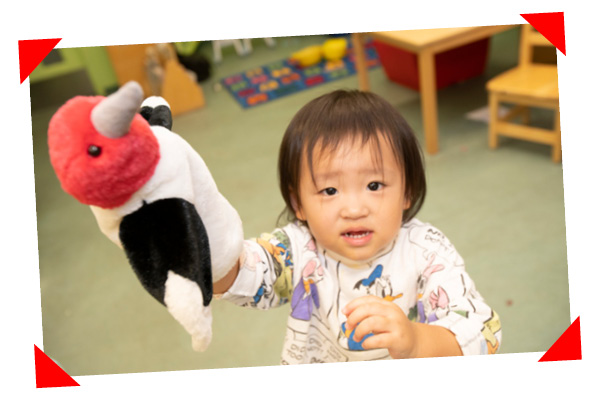

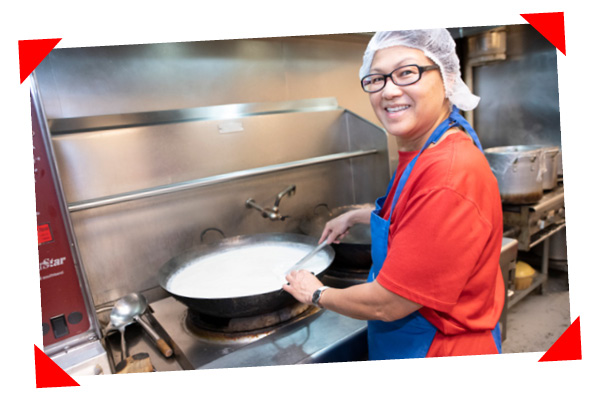

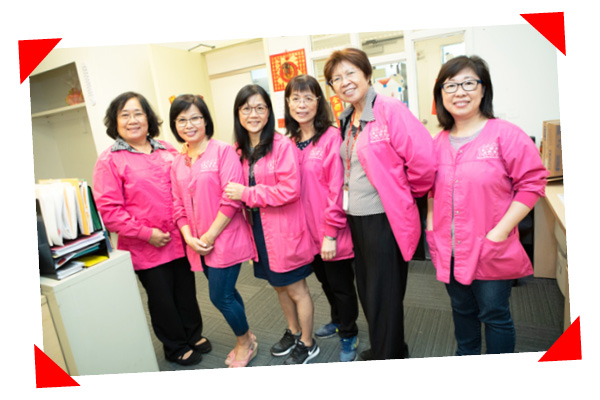

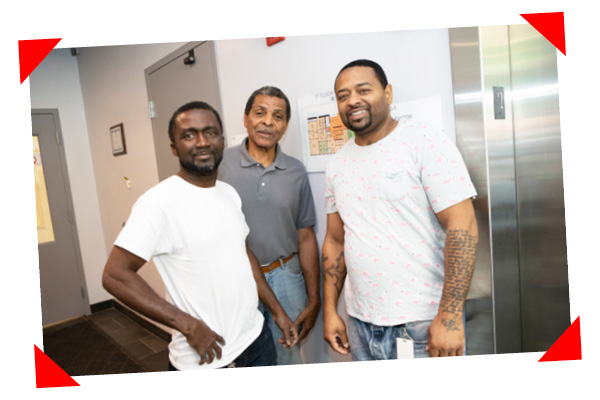



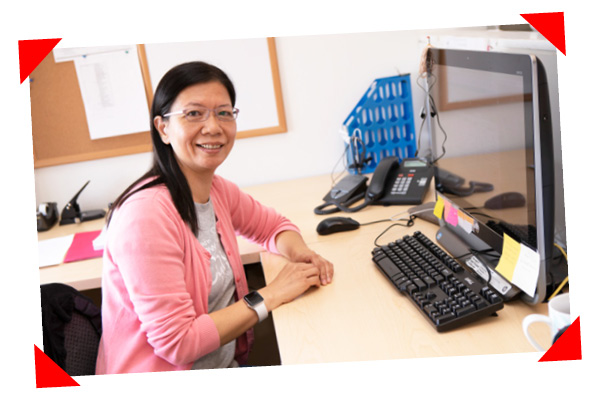
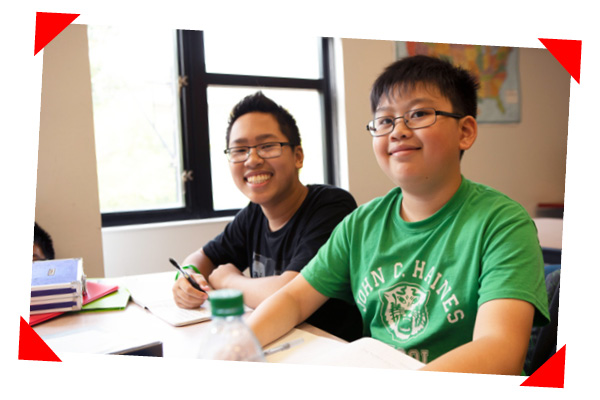
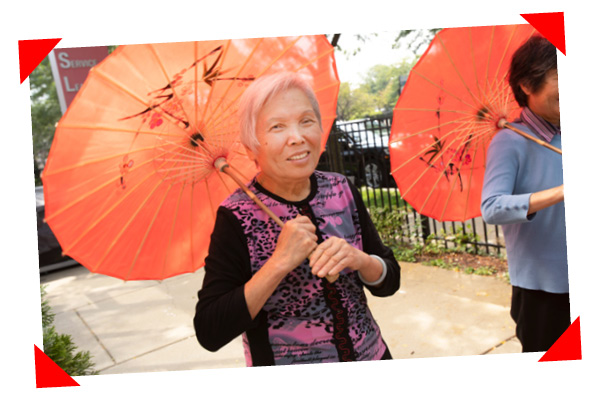

OBJECTIVE A: Realigned Mission, Vision, and Values
Strategy 1: Realign CASL’s Mission, Vision, and Values
Strategy 2: CASL’s Mission, Vision, and Values are embraced at all levels of the organization
OBJECTIVE A: Offer comprehensive employment solutions from sustainable jobs to thriving careers
Strategy 1: Sustainable jobs
Strategy 2: Transfer of certifications from China to the United States
Strategy 3: Vocational education and training
Strategy 4: Vocational English Language (VEL)
OBJECTIVE B: Offer financial education and planning to build individual financial security
Strategy 1: Individual financial planning and security
OBJECTIVE C: Offer comprehensive housing services to move people from sustainable renting to homeownership
Strategy 1: Homeownership
OBJECTIVE A: Offer comprehensive mental health awareness, education, and clinical services
Strategy 1: Education and awareness
Strategy 2: Comprehensive multi-tiered mental health services address community needs
OBJECTIVE B: Offer comprehensive health education and interventions
Strategy 1: Education models relevant to community needs
Strategy 2: Healthcare intervention and partnerships
OBJECTIVE A: Provide generation-relevant service models
Strategy 1: Create an effective generation-relevant service model to address the needs of 20 to 40-year-olds
OBJECTIVE B: Provide services that are geographically appropriate and strategic
Strategy 1: Chinatown
Strategy 2: Southwest neighborhoods
Strategy 3: Suburbs
OBJECTIVE A: Provide strategic revenue-positive program growth based on increased community needs
Strategy 1: Legal Clinic with representation
Strategy 2: Existing programs
OBJECTIVE B: Serve individuals and families comprehensively
Strategy 1: Case coordination model
OBJECTIVE C: Be a high-value employer of choice known locally, regionally, and nationally.
Strategy 1: Be the employer of choice in the Chicago non-profit arena
Strategy 2: Technology platforms provide superior customer service and positive client results
OBJECTIVE D: Develop comprehensive resources to support high-quality models
Strategy 1: Expand funding models
Strategy 2: Philanthropic support – current, future, operational, capital, and endowment
Strategy 3: Earned revenue
OBJECTIVE E: Execute a comprehensive communications, marketing, and branding strategy to position CASL as a regional and national quality provider of comprehensive services and thought leadership in non-profit best practice and innovation.
Strategy 1: Communications that inspire clients to thrive
Strategy 2: Donor communications, marketing, and branding galvanizes action.
OBJECTIVE A: CASL is a regional leader in DEIA practices among AANHPI nonprofits
Strategy 1: Internal education and awareness
Strategy 2: Community engagement and collaboration
OBJECTIVE B: CASL significantly increases representation of diverse AANHPI community needs in policy spaces and philanthropic giving
Strategy 1: Community Advocacy
OBJECTIVE C: CASL serves as the Midwest Anti-Hate Action Center
Strategy 1: Pilot building of a city-wide anti-hate ecosystem